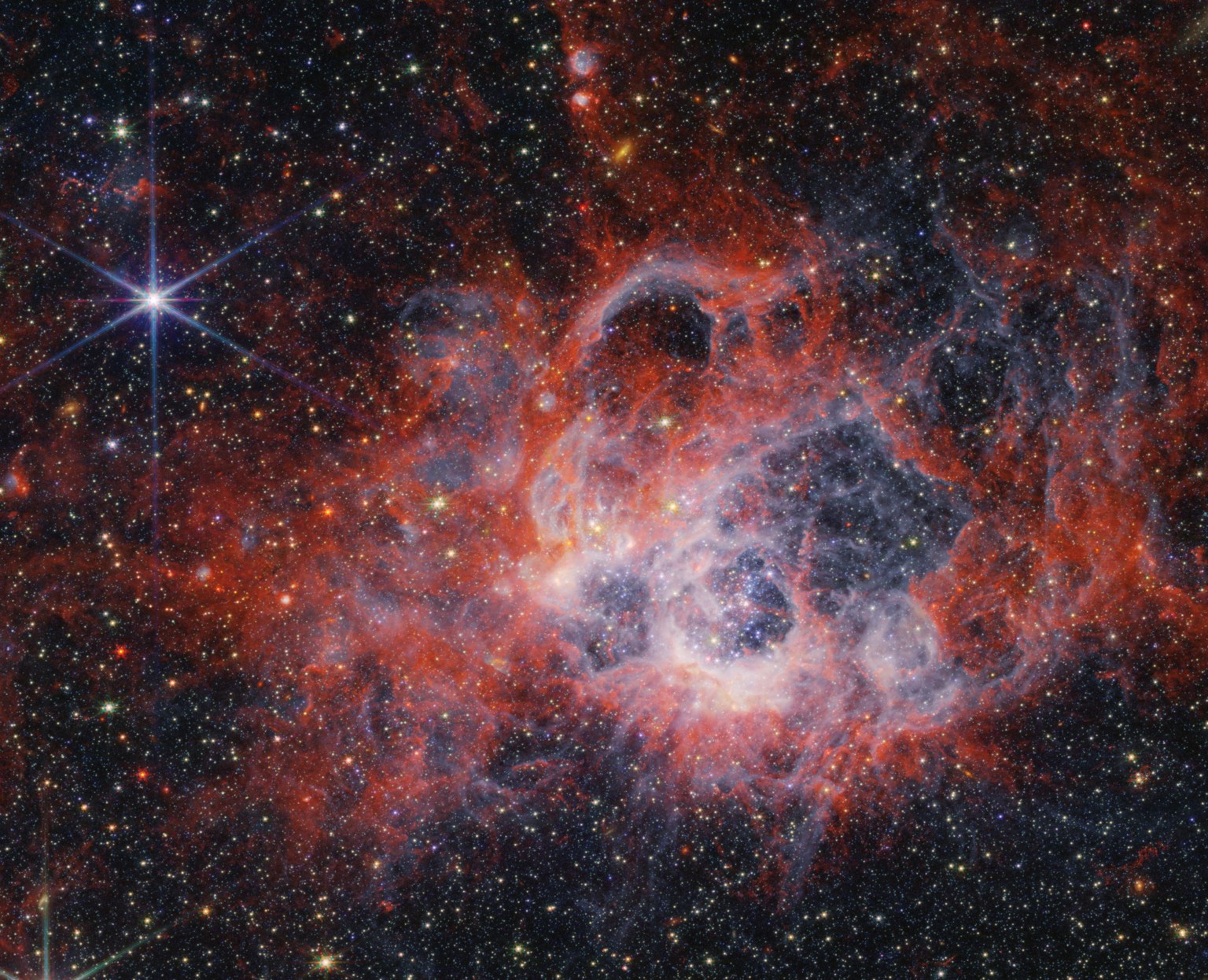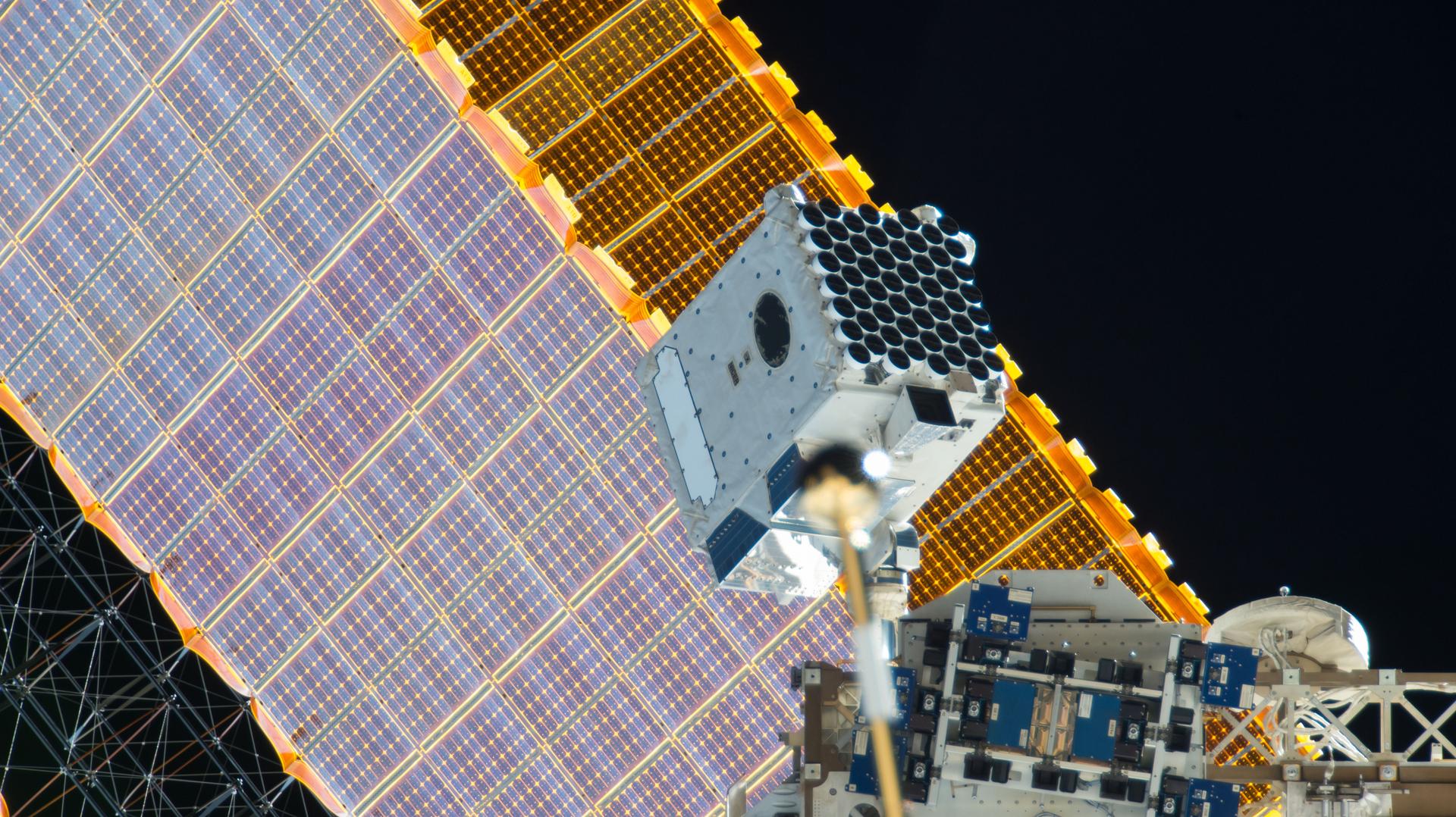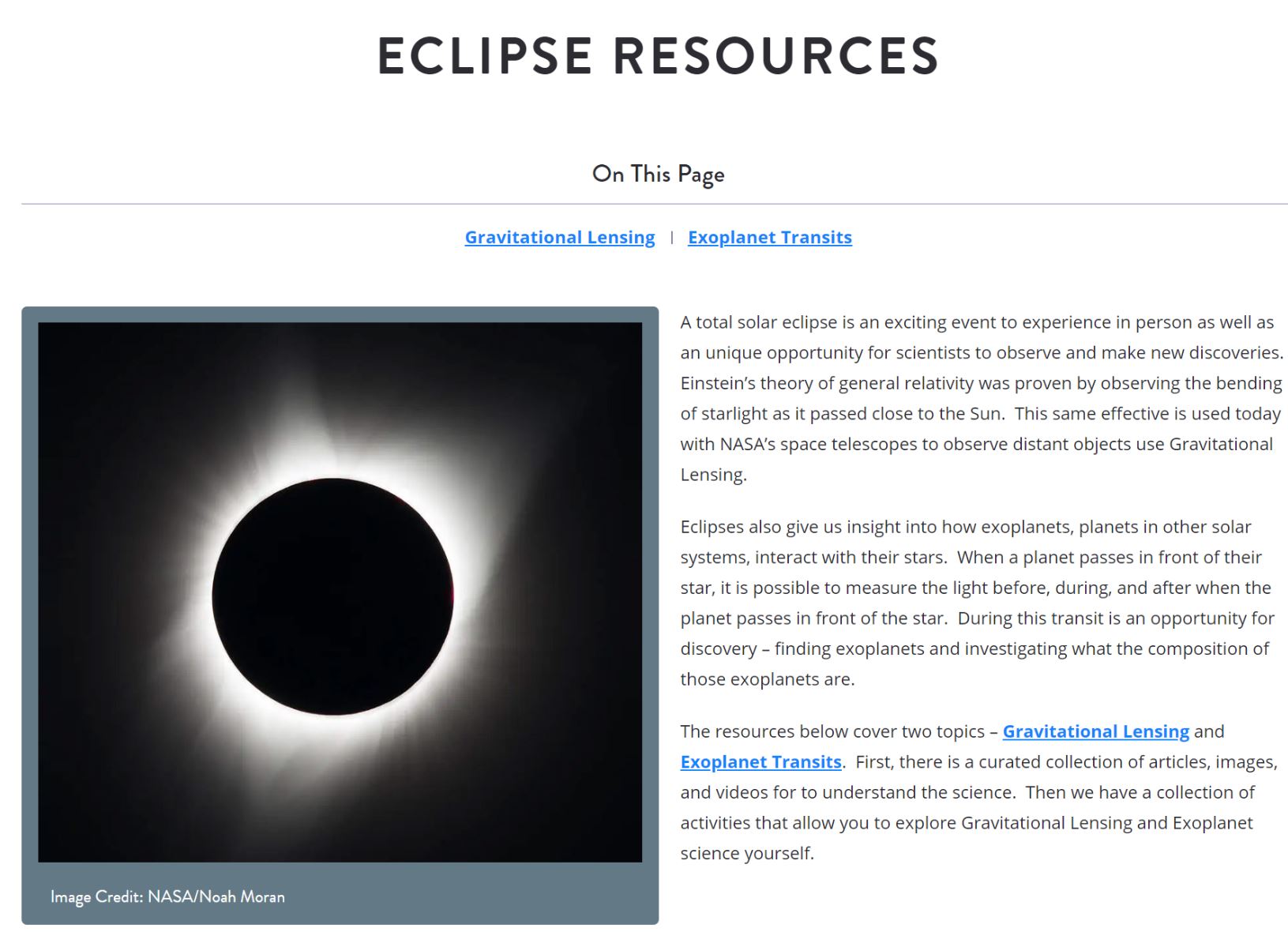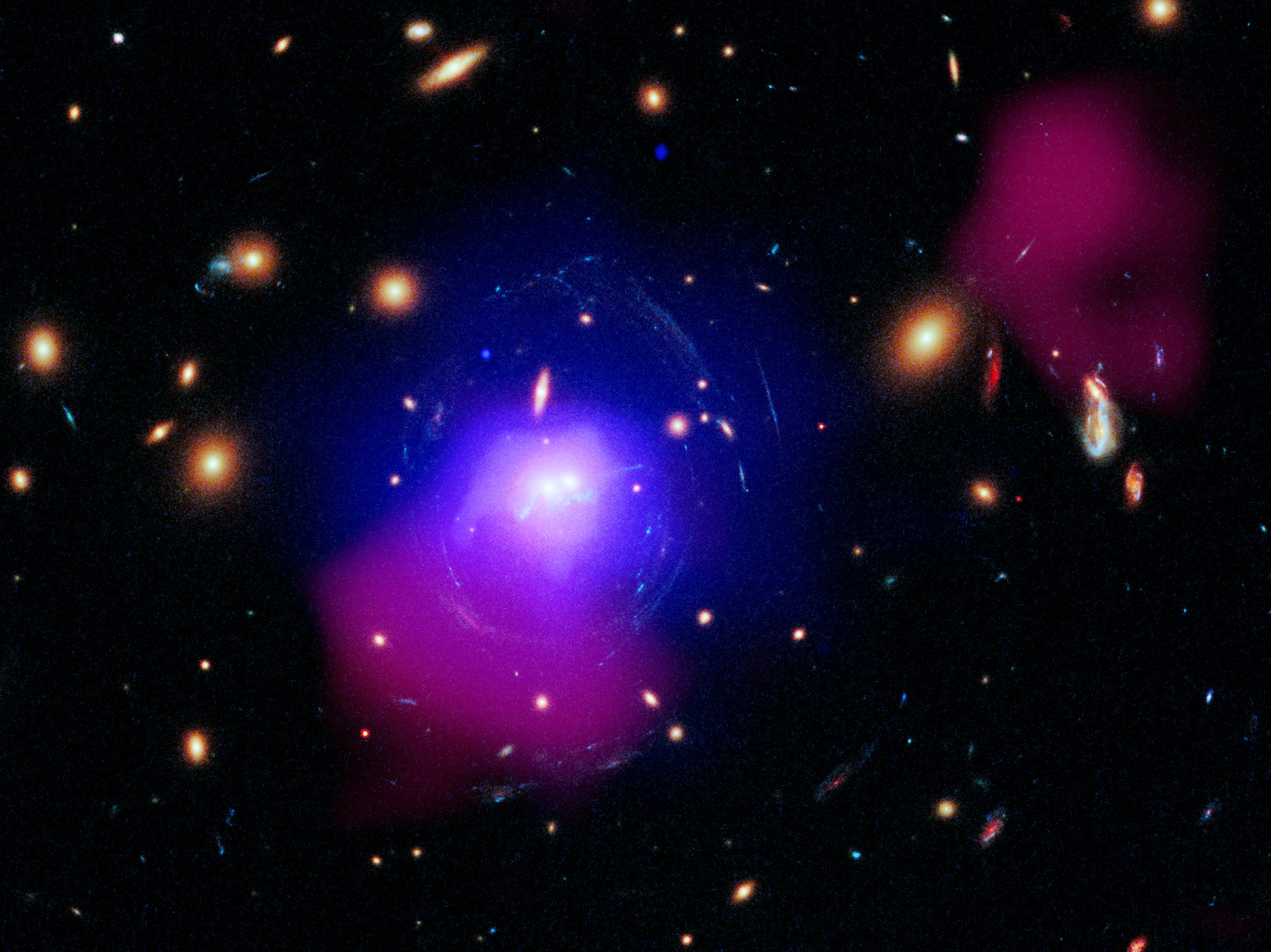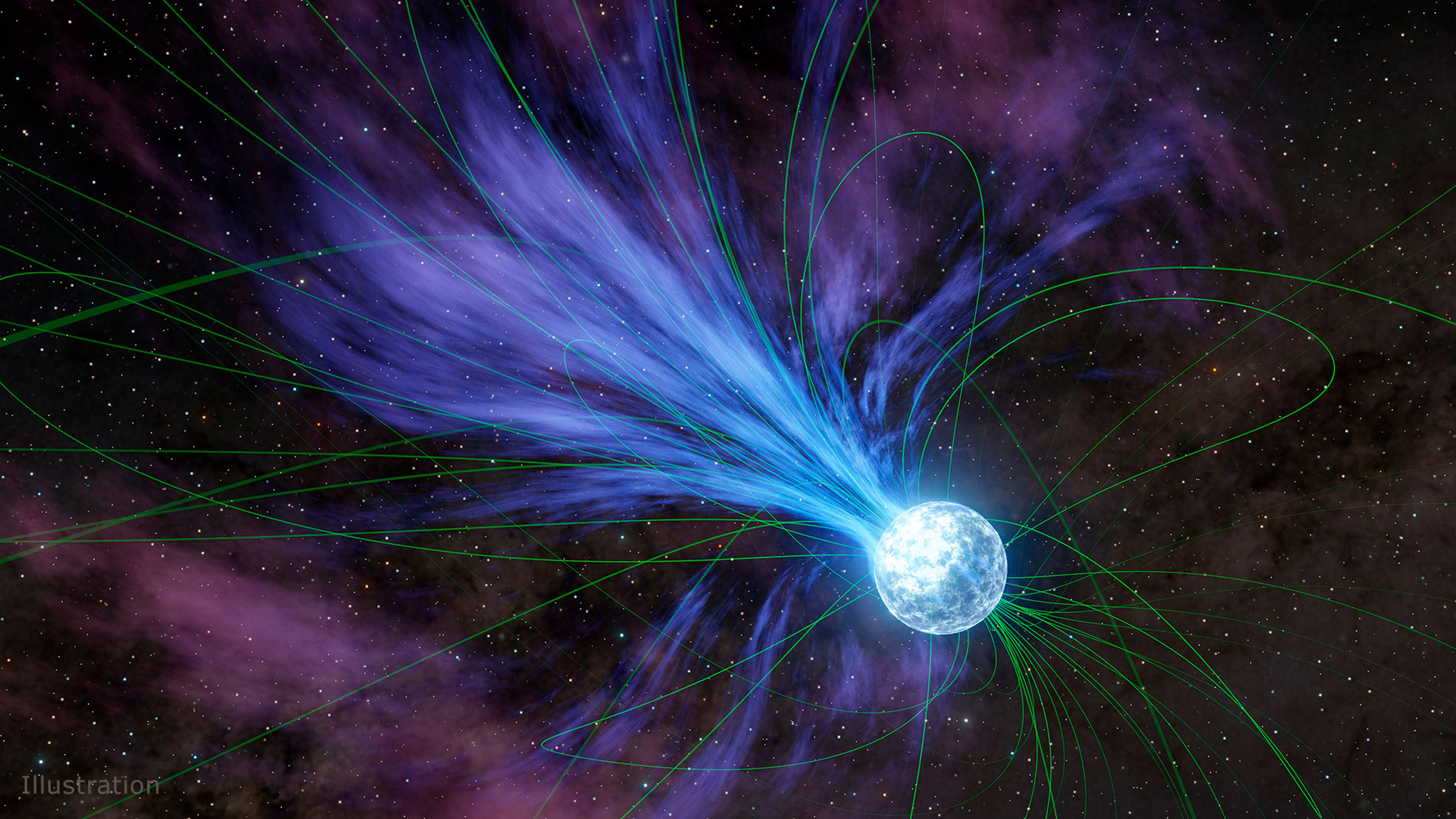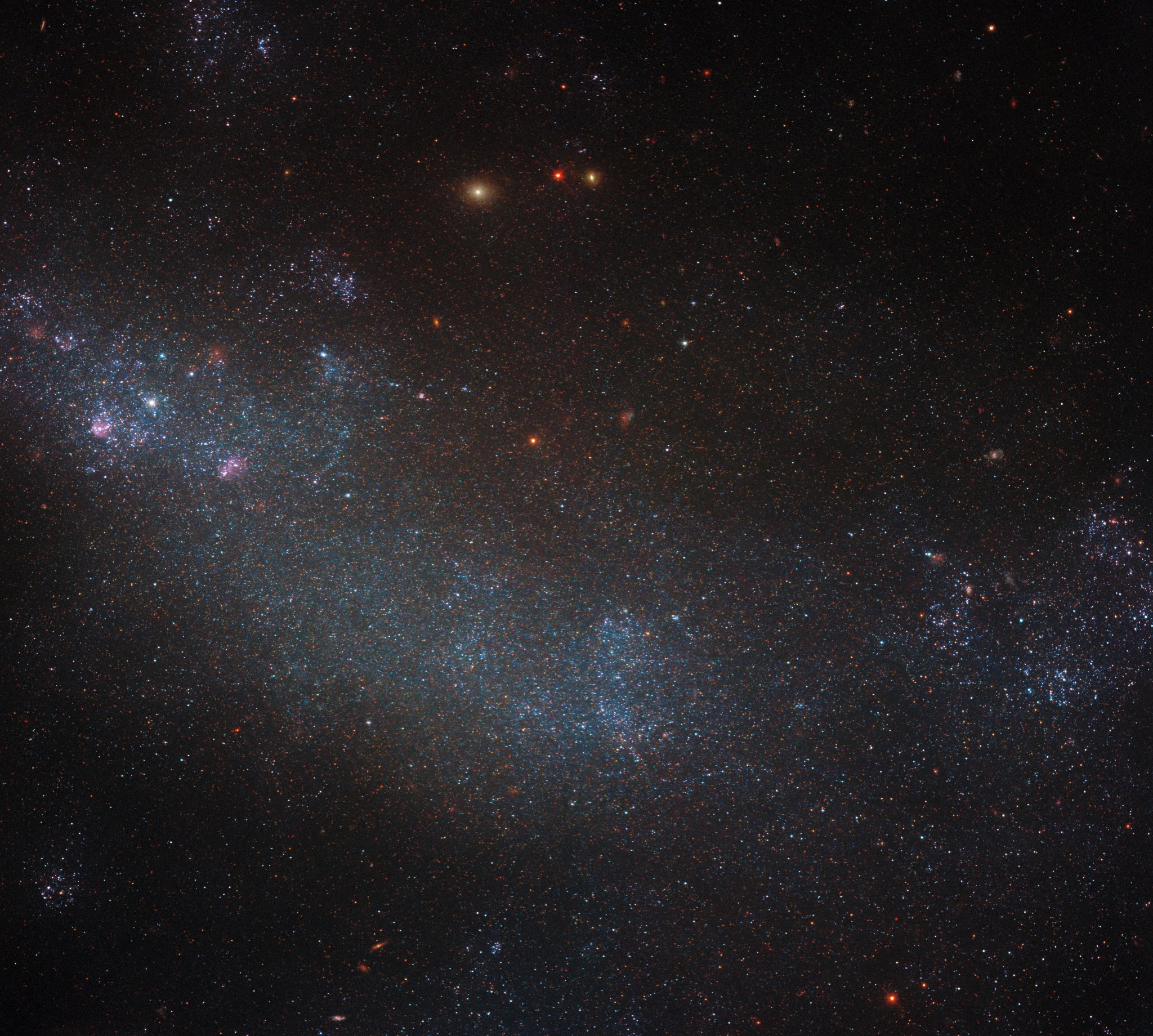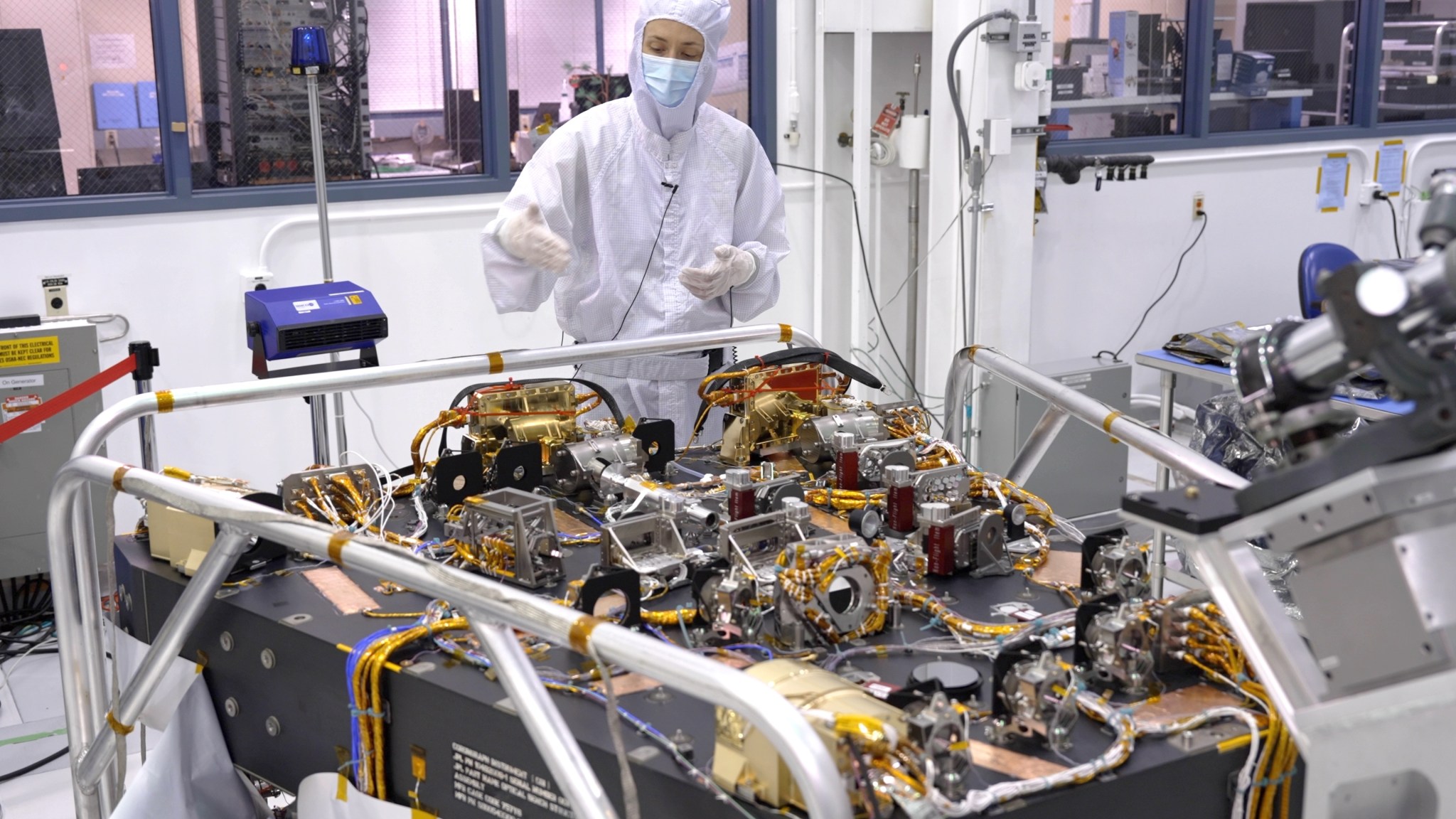4 Min Read Peering Into the Tendrils of NGC 604 with NASA’s Webb Star-forming region NGC 604. Credits: NASA, ESA, CSA, STScI The formation of stars and the chaotic environments they inhabit is one of the most well-studied, but also mystery-shrouded, areas of cosmic investigation. The intricacies of these processes are now being unveiled like never before by NASA’s James Webb Space Telescope. Two new images from Webb’s NIRCam (Near-Infrared Camera) and MIRI (Mid-Infrared Instrument) showcase star-forming region NGC 604, located in the Triangulum galaxy (M33), 2.73 million light-years away…
Read MoreTag: Astrophysics
Astrophysics Instruments
Science in Space – February 2024 Instruments on the exterior of the International Space Station provide data on astrophysical phenomena that are helping scientists better understand our universe and its origins. Crew members install and maintain these instruments robotically and scientific teams operate them remotely. One of the instruments, the Neutron star Interior Composition Explorer (NICER), measures X-rays emitted by neutron stars and other cosmic objects to help answer questions about matter and gravity. Neutron stars, the densest measurable objects in the universe, are the remains of massive stars that…
Read MoreEclipse Resources for Learners and Educators: Connecting the Eclipse to Astrophysics
1 min read Eclipse Resources for Learners and Educators: Connecting the Eclipse to Astrophysics In anticipation of the upcoming total solar eclipse on April 8, 2024, NASA’s Universe of Learning has created a webpage of astrophysics-related eclipse resources for learners and educators. The webpage shares information about two topics that align with eclipse science: gravitational lensing and exoplanet transits. The collection of resources includes articles, images, and videos to understand and explain the science. Additional activities allow learners to explore gravitational lensing and exoplanet transit science for themselves. Explore Resources…
Read MoreStellar Beads on a String
Galaxy cluster SDSS J1531+3414 X-ray: NASA/CXC/SAO/O. Omoruyi et al.; Optical: NASA/ESA/STScI/G. Tremblay et al.; Radio: ASTRON/LOFAR; Image Processing: NASA/CXC/SAO/N. Wolk Astronomers have discovered one of the most powerful eruptions from a black hole ever recorded in the system known as SDSS J1531+3414 (SDSS J1531 for short). As explained in our press release, this mega-explosion billions of years ago may help explain the formation of a striking pattern of star clusters around two massive galaxies, resembling “beads on a string.” SDSS J1531 is a massive galaxy cluster containing hundreds of individual galaxies and huge reservoirs of hot gas and dark…
Read MoreNASA Telescopes Find New Clues About Mysterious Deep Space Signals
6 min read Preparations for Next Moonwalk Simulations Underway (and Underwater) In an ejection that would have caused its rotation to slow, a magnetar is depicted losing material into space in this artist’s concept. The magnetar’s strong, twisted magnetic field lines (shown in green) can influence the flow of electrically charged material from the object, which is a type of neutron star. NASA/JPL-Caltech Using two of the agency’s X-ray telescopes, researchers were able to zoom in on a dead star’s erratic behavior as it released a bright, brief burst of…
Read MoreHubble Spots a Galaxy Shrouded by Stars
2 min read Hubble Spots a Galaxy Shrouded by Stars This Hubble image shows irregular galaxy, ESO 245-5, located some of 15 million light-years from Earth. ESA/Hubble & NASA, M. Messa This NASA/ESA Hubble Space Telescope image shows a densely packed field of stars laid upon a background of dust, gas, and light from more distant celestial objects. There are so many stars in this image’s field of view that it may be a little tricky to discern that you are in fact looking at a galaxy. Known as ESO…
Read MoreNASA’s Hubble Traces ‘String of Pearls’ Star Clusters in Galaxy Collisions
3 min read NASA’s Hubble Traces ‘String of Pearls’ Star Clusters in Galaxy Collisions Galaxy AM 1054-325 has been distorted into an S-shape from a normal pancake-like spiral shape by the gravitational pull of a neighboring galaxy, seen in this NASA Hubble Space Telescope image. A consequence of this is that newborn clusters of stars form along a stretched-out tidal tail for thousands of light-years, resembling a string of pearls. They form when knots of gas gravitationally collapse to create about 1 million newborn stars per cluster. NASA, ESA, STScI,…
Read MoreUNITE All-Nighter Delights Amateur Astronomers
2 min read UNITE All-Nighter Delights Amateur Astronomers Fadi Saibi and his daughter Sophie, age 14, pose for a photograph with their Unistellar telescope in their backyard in Sunnyvale, Calif., on Thursday, Jan. 11, 2024. Credit: Bay Area News Group/Nhat V. Meye Maybe you read about them in the papers–amateur astronomers in Japan, Russia, France, Finland, and the United States have been pulling all-nighters to spot extraordinary exoplanets, planets orbiting stars other than the Sun. NASA’s UNITE project holds these planetary stakeouts several times every month, and you can join in!…
Read MoreHubble Views a Dim but Distinct Galaxy
2 min read Hubble Views a Dim but Distinct Galaxy Both visible and ultraviolet wavelengths of light comprise this Hubble Space Telescope image of the spiral galaxy UGC 11105. ESA/Hubble & NASA, R. J. Foley (UC Santa Cruz) This image of the softly luminous spiral galaxy UGC 11105 is from the NASA/ESA Hubble Space Telescope. It lies about 110 million light-years from Earth in the constellation Hercules. Astronomers have different ways of quantifying how bright celestial objects are. Apparent magnitude is one of those methods. It describes how bright an…
Read MoreNASA Puts Next-Gen Exoplanet-Imaging Technology to the Test
6 min read Preparations for Next Moonwalk Simulations Underway (and Underwater) JPL scientist Vanessa Bailey stands behind the Nancy Grace Roman Coronagraph , which has been undergoing testing at JPL. About the size of a baby grand piano, the Coronagraph is designed to block starlight and allow scientists to see the faint light from planets outside our solar system. A cutting-edge tool to view planets outside our solar system has passed two key tests ahead of its launch as part of the agency’s Roman Space Telescope by 2027. The Coronagraph…
Read More